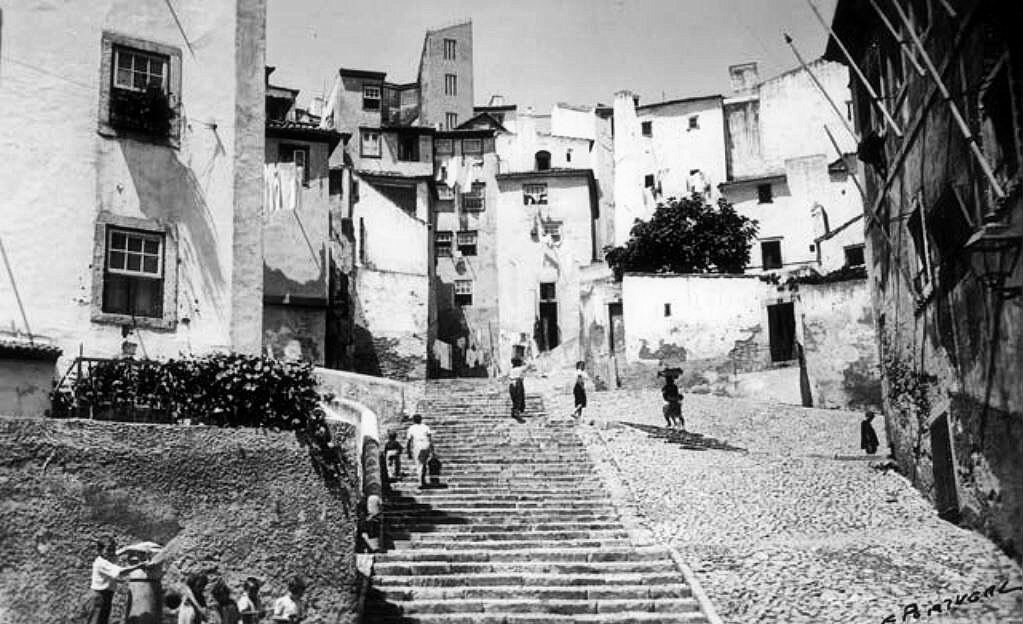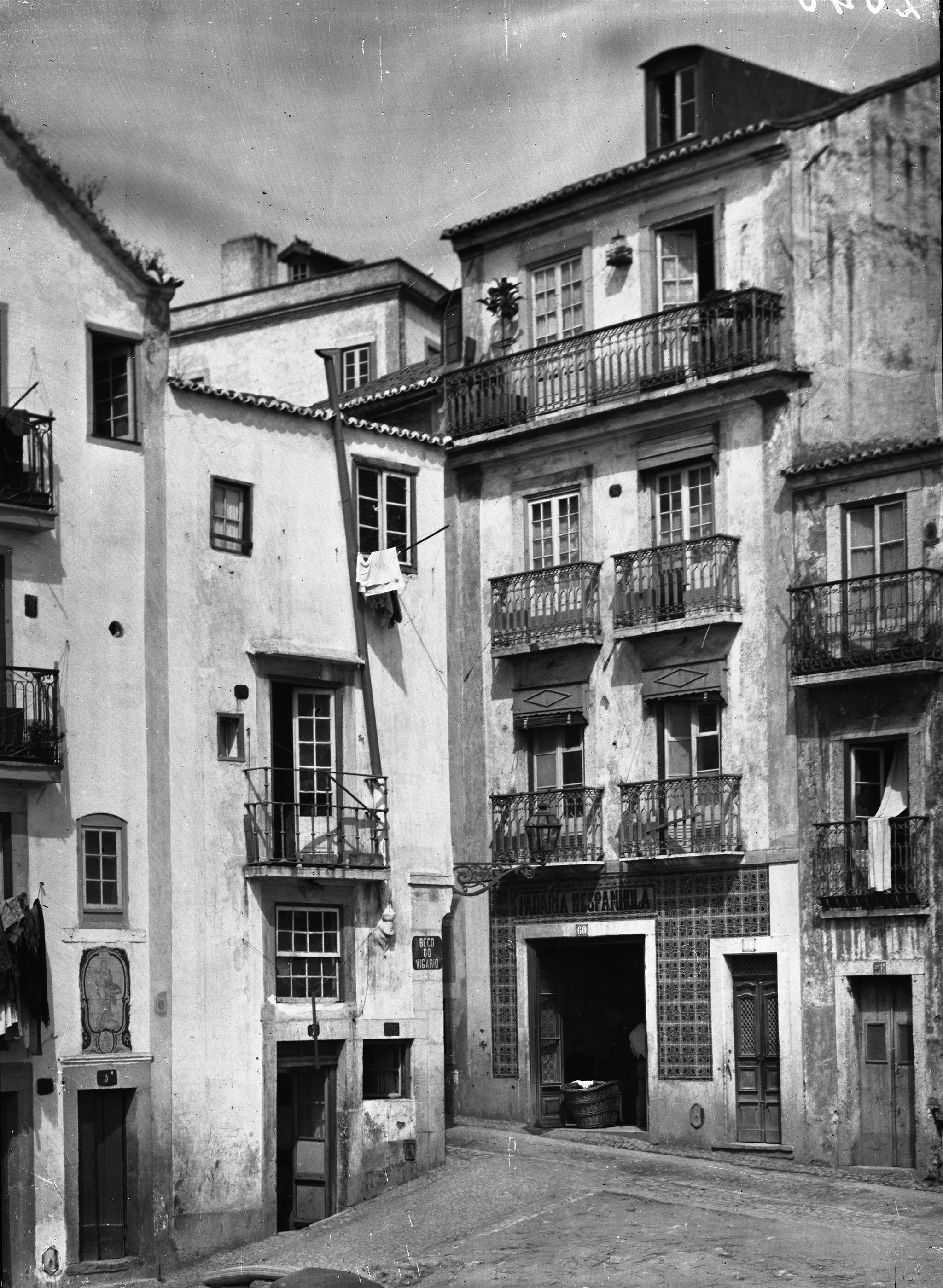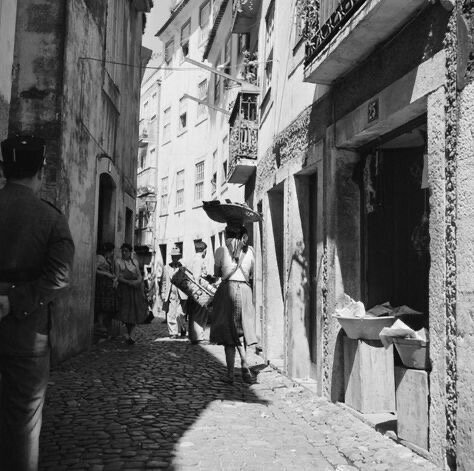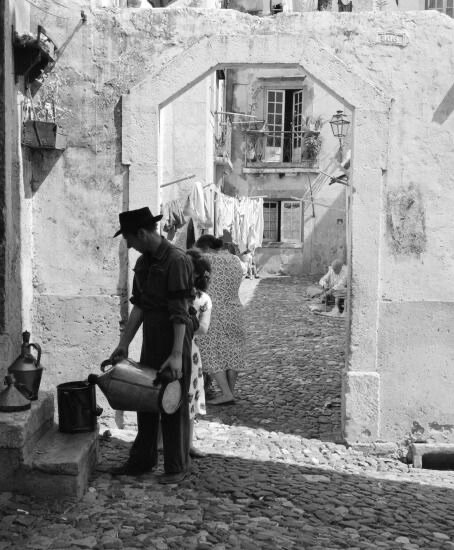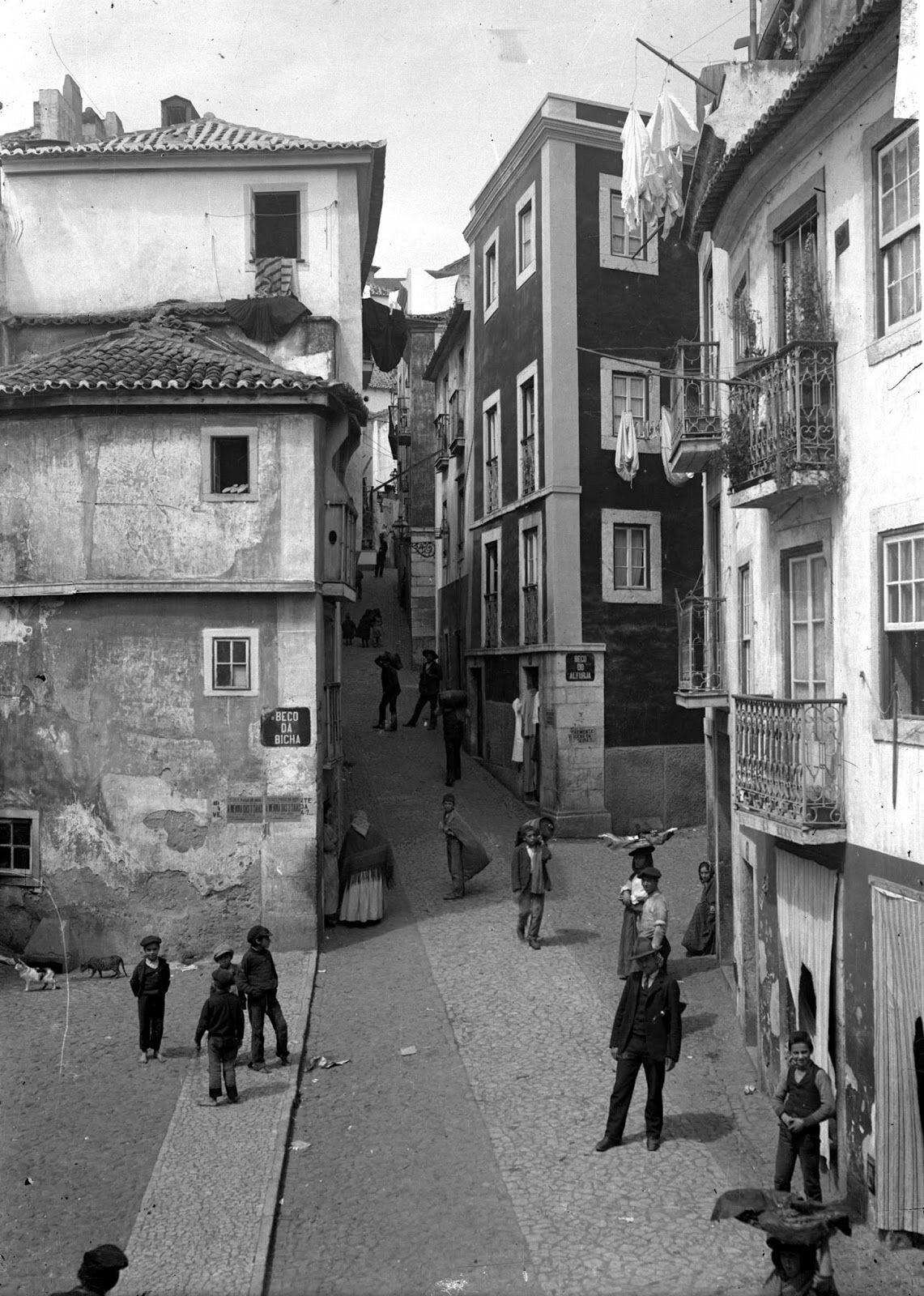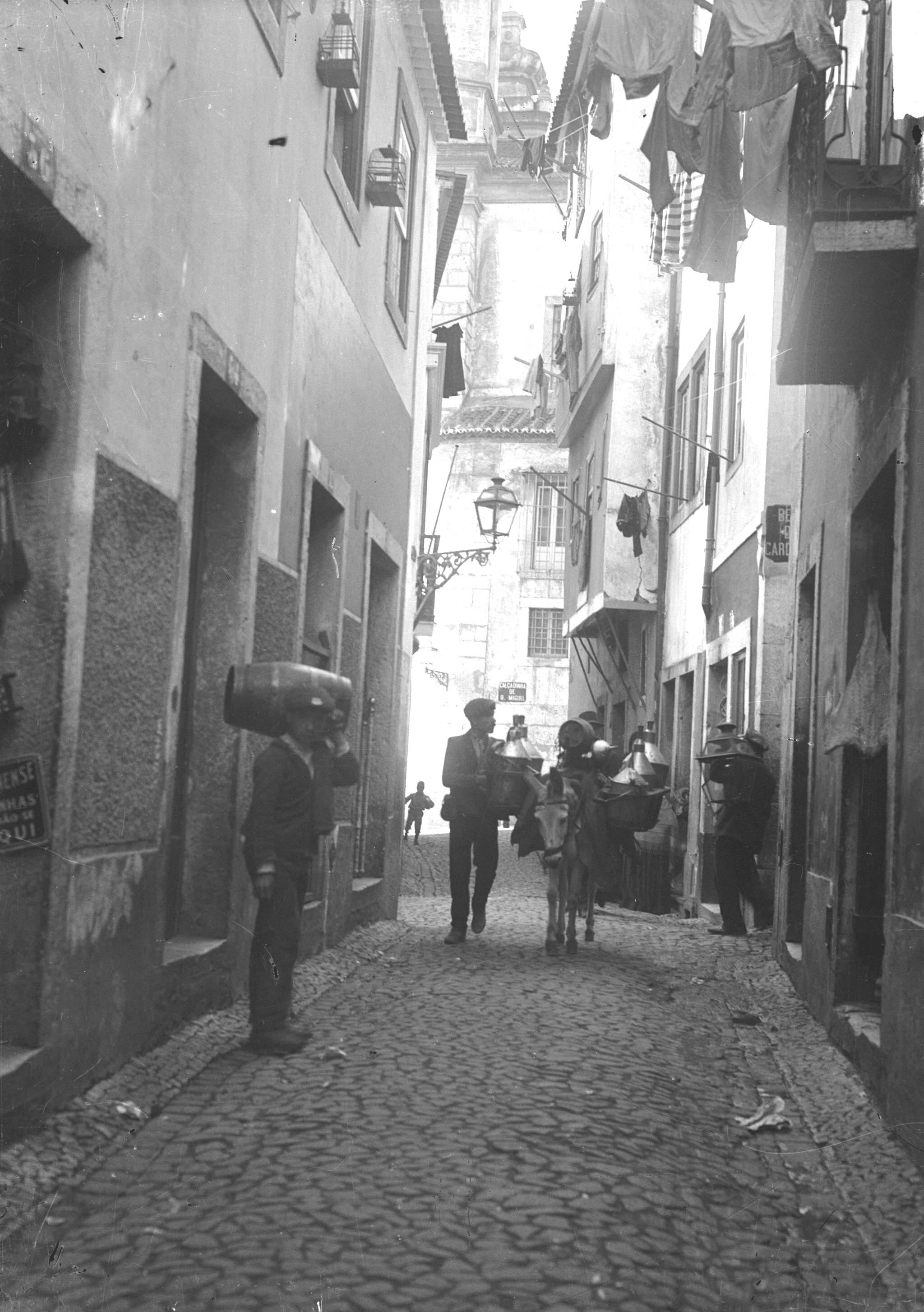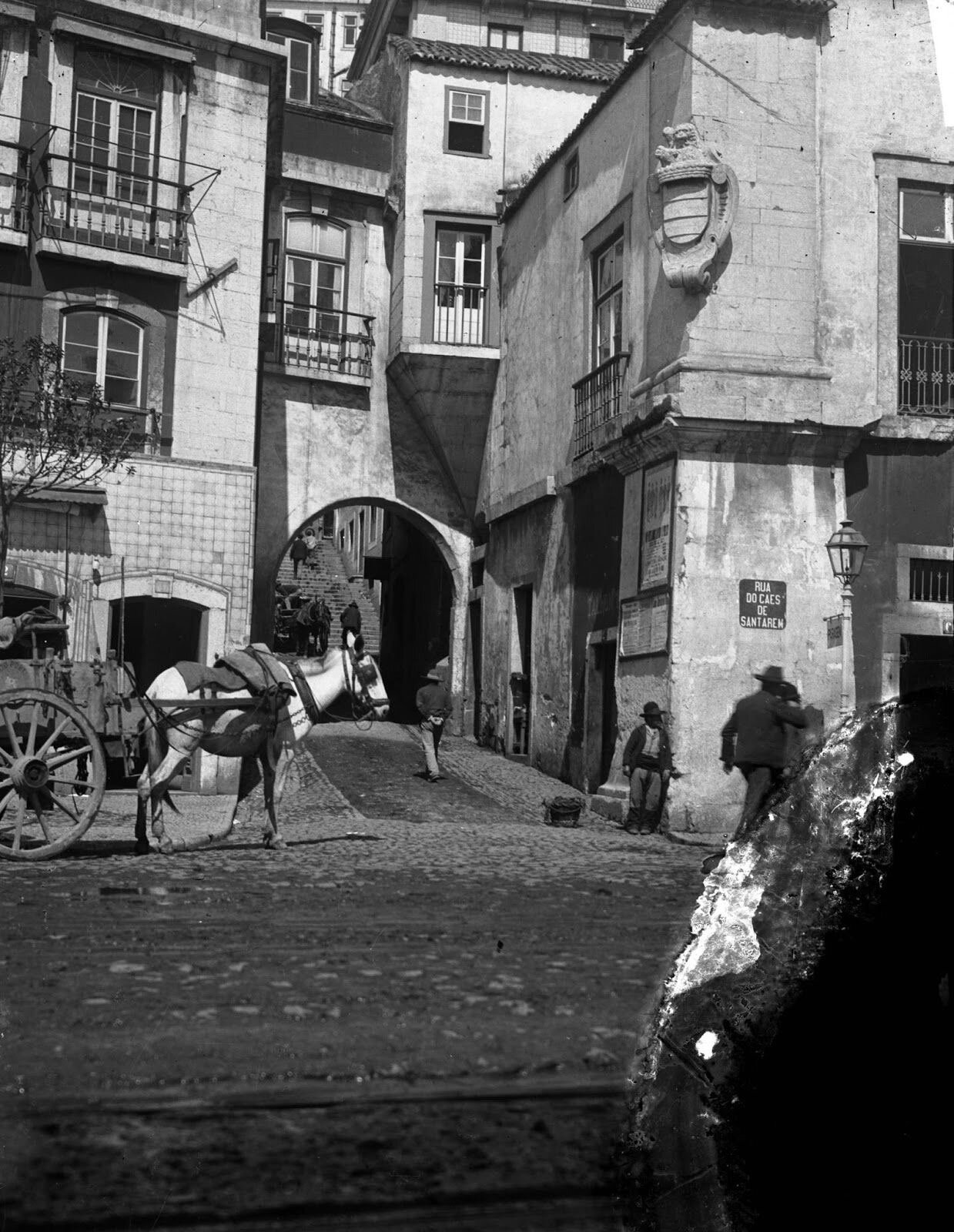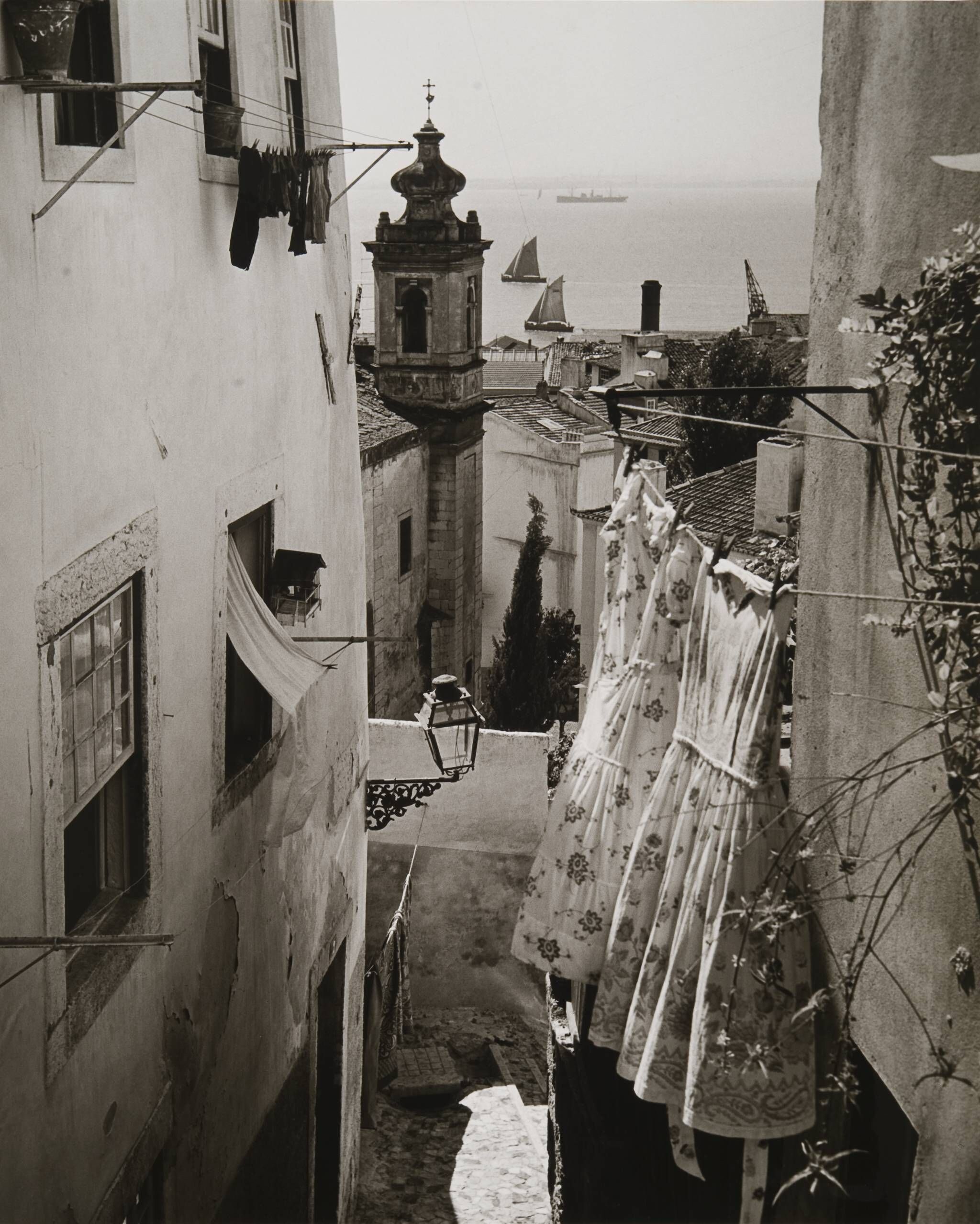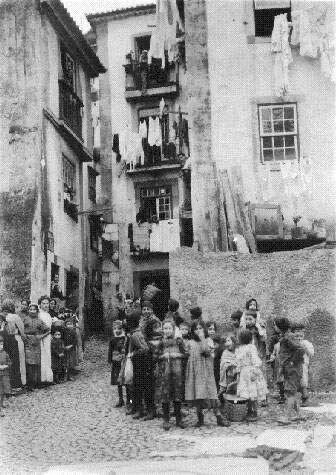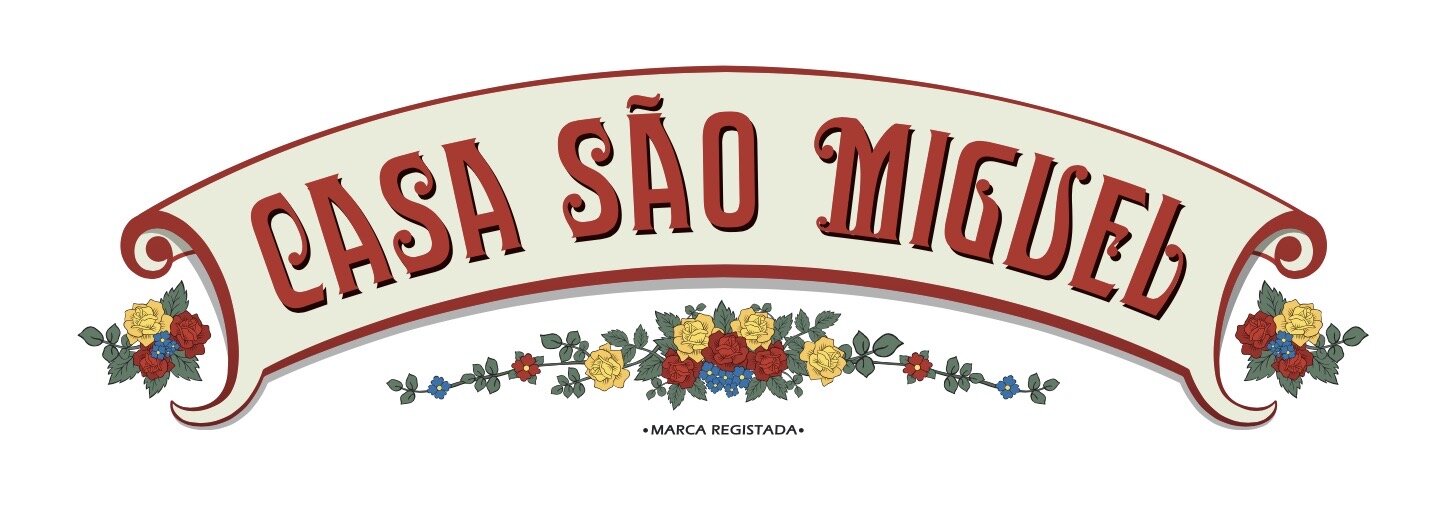Antique Alfama
Facing South and overlooking the Tagus River, Alfama extends from the Castle of “São Jorge” to the “Doca do Jardim do Tabaco” and is one of the biggest tourist destinations in Lisbon, standing out for the morphology and typicality of its urban fabric. This medieval neighborhood (once a Jewish and fishing community) is the oldest neighborhood in Europe, after “El Pópulo” in Cadiz. It is a small village or “Medina” in the heart of the capital, and it is a relic from the times before the great earthquake of 1755. Alfama escaped this catastrophe thanks to its solid foundations on the rocky slopes of the highest hill in the city. The name "Alfama" probably comes from an Arabic word meaning "bath" and refers to the countless springs in the region. Thanks to this set of springs all with a significant flow, and even before the construction of the “Águas Livres” Aqueduct, Alfama was the area of Lisbon that suffered less from lack of water. The Parish of “Santa Maria Maior” is closely linked to the Cathedral of Lisbon; Initially “Church of Santa Maria Maior”, it was built in 1150 by D. Afonso Henriques, first King of Portugal three years after the conquest of Lisbon from the Moors.



